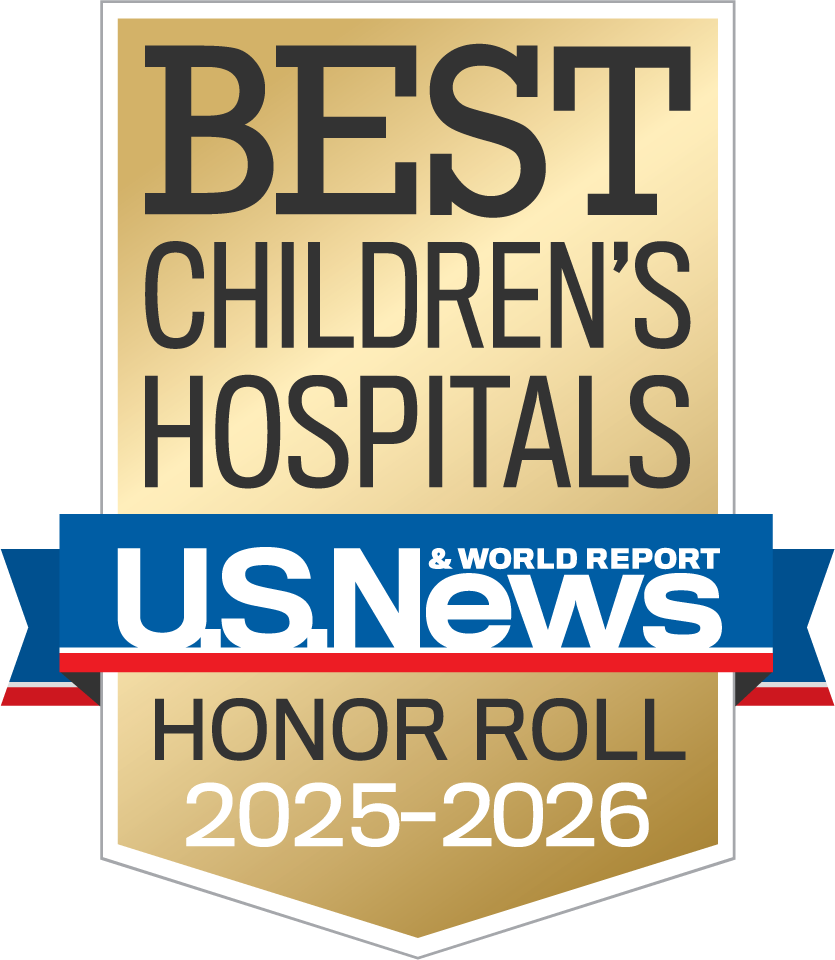Adenovirus Infections | Symptoms & Causes
What are the symptoms of an adenovirus infection?
Most adenovirus infections are mild with few symptoms. While each child may experience symptoms differently, the most common include:
Respiratory infections
- Runny nose
- Sore throat
- Fever
- Severe cough
- Swollen lymph nodes
- Headache
- Feeling of uneasiness
- Non-productive "croupy" cough
Intestinal tract infections
- Abrupt onset of watery diarrhea
- Fever
- Abdominal tenderness
- Swelling of the abdomen
While not common, there are some complications that can be caused by an adenovirus. They include:
Chronic lung disease
- Very rare
- May develop if a child develops pneumonia from adenovirus
- This strain of the virus has a 10 percent mortality rate
Severe infections
Children with weakened immune systems are at risk.
Intussusception
- When one part of the intestine slides over another section, like a telescope, causing an intestinal blockage
- Most often occurs in babies
- Is a medical emergency
- Symptoms include bloody stool, vomiting, abdominal swelling, knees flexed to chest, loud cries from pain, weakness, and lethargy
Chronic infection of the tonsils and adenoids
- Lymph-like gland that is located in the back of the nose and throat
- When your child retains the adenovirus for a long time without major symptoms
What causes an adenovirus infection?
Adenoviruses are contagious, which means you child can pass them on to other children. The type of infection determines how it spreads.
Respiratory infections
- Coming in contact with infectious material from another individual or object
- Secretions from the respiratory tract may contain the virus
- Can survive for many hours on objects such as doorknobs, hard surfaces, and toys
- Symptoms may develop two to 14 days after exposure
Intestinal tract infections
- Usually occurs by fecal-oral contact
- The result of poor hand-washing or from consuming contaminated food or water
- Symptoms may develop three to 10 days after exposure
- Usually occurs in children younger than 4 years old and may last one to two weeks
Adenovirus Infections | Diagnosis & Treatments
How is an adenovirus diagnosed?
In addition to a complete medical history and physical examination, your child's doctor may use these tests:
- Blood work
- Nasal swab
- Stool culture
- Chest X-ray
How is an adenovirus treated?
At home, the best thing you can do is relieve your child's symptoms associated with the infection and wait until it passes. Because the infection is caused by a virus, antibiotics don't work.
Traditional treatments for adenovirus infections include:
Drinking lots of fluids
- It essential to keep your child hydrated.
- Water, formula, breast milk, and/or special electrolyte-containing fluids (fluids containing sugars and salts) such as Pedialyte, are good choices.
- Very young children should not be hydrated with soda, juices, or sports drinks.
- If necessary, we may need to give your child an intravenous (IV) line to give your child fluids and essential electrolytes.
Medications
- May be used to open your child's airways
- Often given in an aerosol mist by a mask or through an inhaler
Supplemental oxygen
- Given through a mask, nasal prongs, or an oxygen tent
Mechanical ventilation
- If a child becomes very ill, she may need mechanical ventilation or a respirator to assist with breathing for a period of time.
Some children may develop severe enough dehydration to require hospitalization. If this happens, you child may need:
- Intravenous (IV) fluids
- Nasogastric (NG) tube feedings (a small tube is placed into your child's stomach through her nose so that doctors can give her formula or fluids)
- Blood work (to measure your child's electrolyte levels — sugar, salt and other chemicals in the blood)


